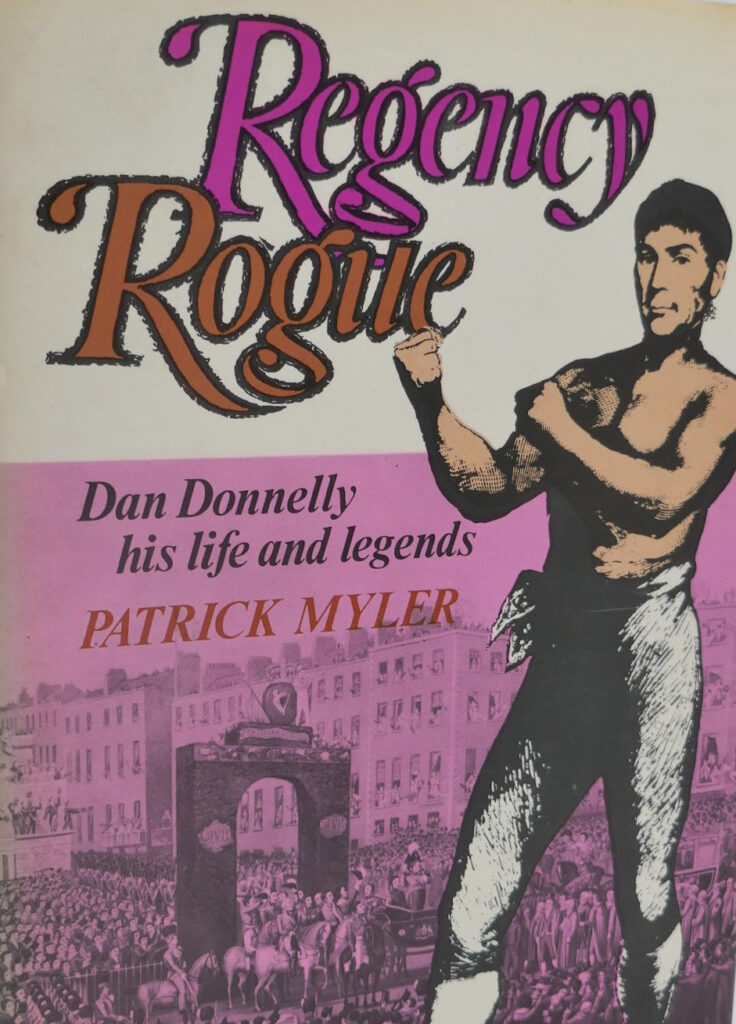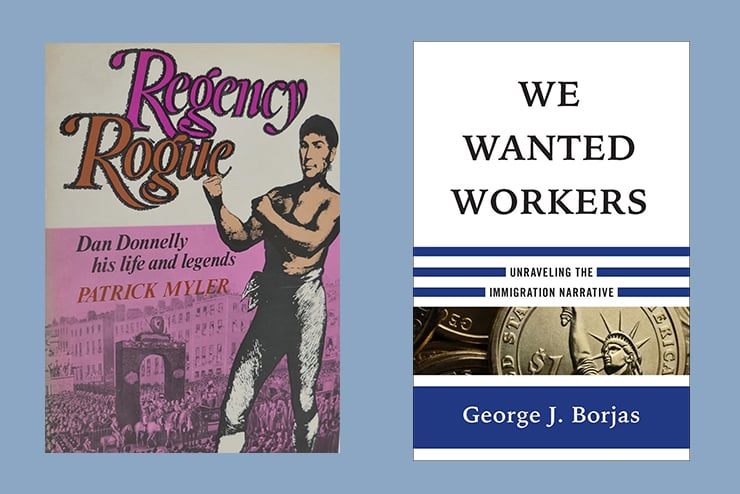
Immigration proponents make obvious contradictory claims. They repeat endlessly that recent immigrants are integrating just as fully as earlier immigrants did. Yet they also want to turn the idea that “America is a melting pot” into a prohibited microaggression. If it really is happening, why is it a moral crime to mention it? They lose their minds when a certain former president tells us, “They’re not sending their best.” But the data show incontrovertibly that the massive numbers of Mexican immigrants we receive yearly are skewed decidedly toward the below-average skill strata.
We are told these immigrants are only taking jobs American workers will not do. We are not told the reason Americans will not take these jobs is that corporations carefully calibrate wages by the low-water mark of what uneducated migrants and exploitable foreign tech workers will accept.
The title of the final chapter of Harvard economist George Borjas’ We Wanted Workers (2016) is the most succinct and accurate framing of the immigration debate I have encountered: “Who are you rooting for?” That is indeed the question, because the claim by immigration enthusiasts that everyone benefits from immigration is a deception. Most Americans receive no significant economic net benefit when you factor in the effect of immigrants on tax-supported public goods, such as schools and the welfare system. Poorer Americans, especially blacks, are economically harmed by competition with foreign laborers who do not balk at poverty wages. The cultural and social unity of America is palpably weakened by their presence.
Who benefits from our post-1965 immigration rules? The immigrants themselves,
certainly. But even more so, the corporate elites who tirelessly advocate for their entry while greedily salivating at their higher profit margins. There is a massive redistribution of wealth going on because of the new immigration rules. The general direction of that redistribution is from middle- and lower-class Americans to business elites. If this fact were better known, and the contemporary American left were not so pathetically obsessed with racial politics, this would be obvious ground for collaboration between the Bernie Sanders left and the Trumpian right.
Borjas’ analysis reveals the blunt choice to be made: are you on the side of noncitizens and economic elites, neither of whom has shown much interest in the maintenance of traditional America, or that of your working class compatriots and the culture you share with them?
—Alexander Riley

I have always had a weakness for England’s Regency period, and a dilettantish interest in dangerous exertion. In Regency Rogue (1976), Patrick Myler tells the story of Dan Donnelly, one of the most renowned of the bare-knuckle boxers, a sport intimately associated with that rakish period. “No other man,” observes the author, “who ever stepped into a roped square … is so well fêted in story, in legend or in song.”
Donnelly was the ninth of seventeen children of a Dublin carpenter, and became famous very young by beating up a sailor who had insulted his father. He then beat noted pugilists and developed a reputation as a chivalric fighter and defender of the weak. He came to the attention of the leaders of the sometimes lethal bare-knuckle sport, from England’s Jack Broughton and Tom Cribb to the black American Tom Molyneux. The boxing historian Pierce Egan wrote in his classic Boxiana (1818) of the Irishman’s “prodigious strength, no lack of courage [and] good knowledge of the science.” Pugilism was hugely fashionable, nicknamed “The Fancy,” and followed by Lord Byron and the Prince Regent, who it was claimed had secretly knighted Donnelly for his abilities. Donnelly’s 1815 opponent, the Staffordshire bargeman George Cooper, is thought to have been the inspiration for George Borrow’s gypsy fighter, The Flaming Tinman, in his 1857 novel The Romany Rye.
Although Donnelly only fought three major fights, one lasting an astonishing 34 rounds, he won them all, and legends clustered around him. Despite being almost as famous for drinking as for fighting—one English critic claimed that Donnelly’s idea of training was to limit himself to no more than 25 glasses of whisky a day—he became a focus for Irish nationalist sentiment. After one fight, the outlines of his footprints were cut into the ground by the adoring crowd, where they still lie at a monument in the Curragh in County Kildare.
Donnelly’s arms were said to be so long that he could tie the ribbons on the knees of his breeches without bending down. When he died, body snatchers dug up his body and sold it to a surgeon, who amputated his arm (in truth, no longer than proportionate for a six-footer) before returning the remainder of the corpse for reburial. The arm was later used by medical students for anatomy lessons, then went through a succession of curio dealers before spending several decades displayed over a bar in Kildare. It is a powerful artifact of a colorful and violent kingdom, the underbelly of the era of Jane Austen.
—Derek Turner



Leave a Reply